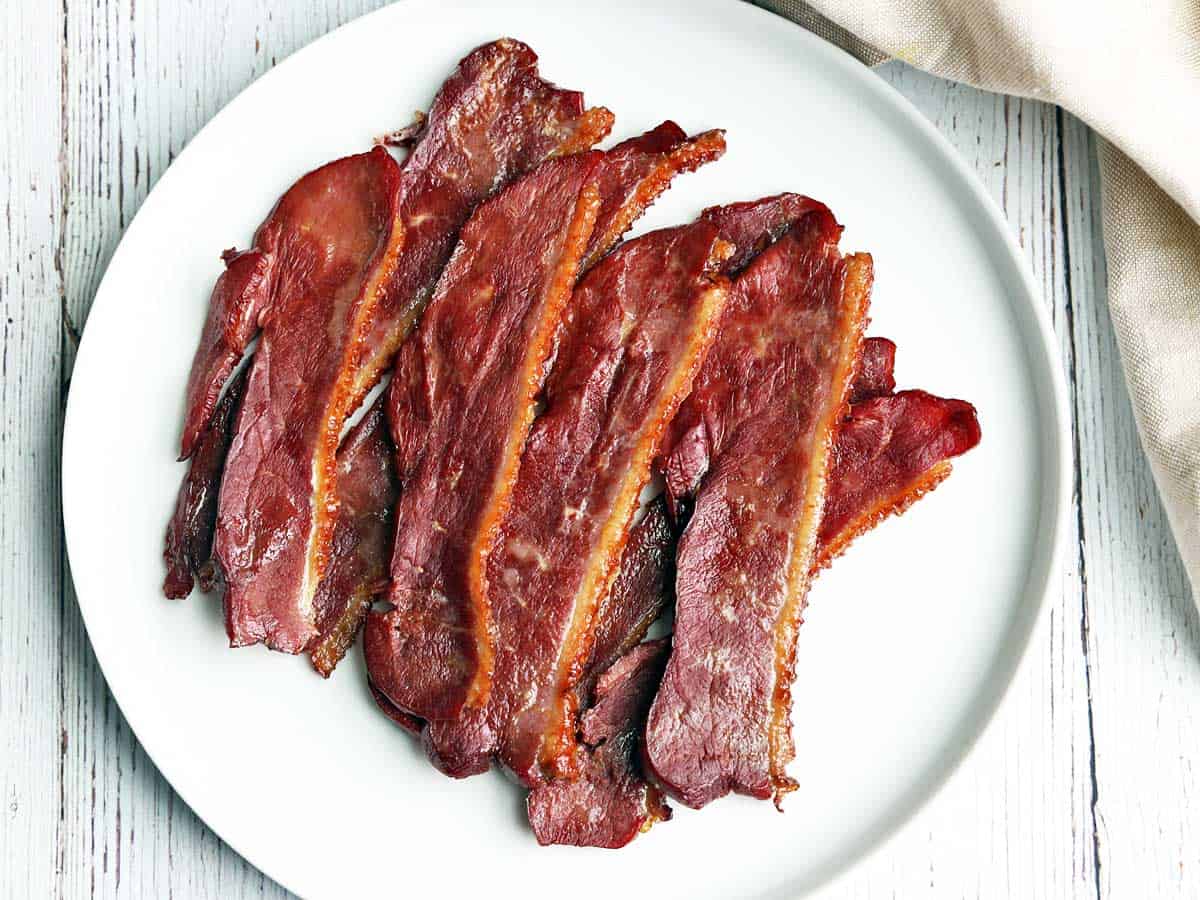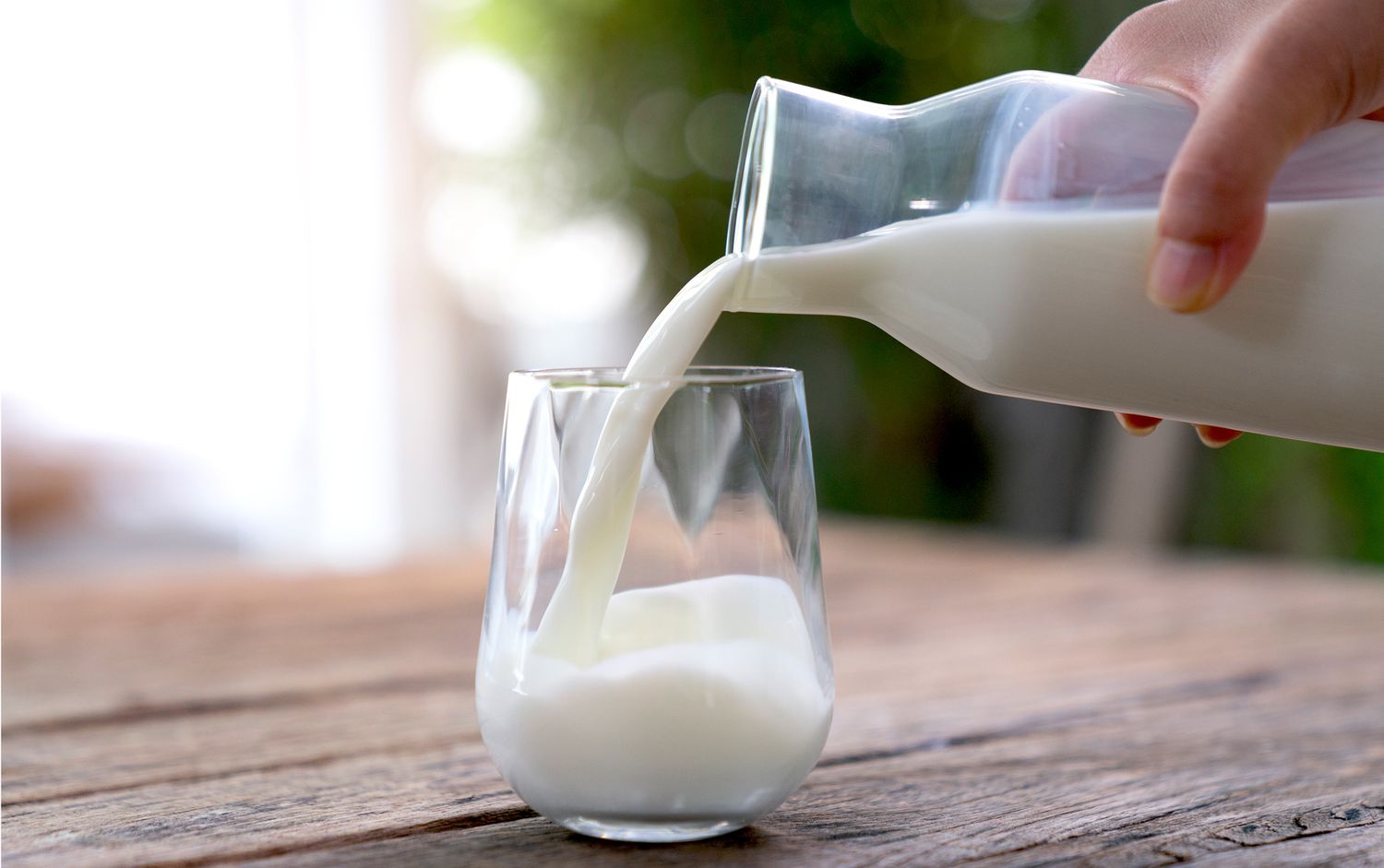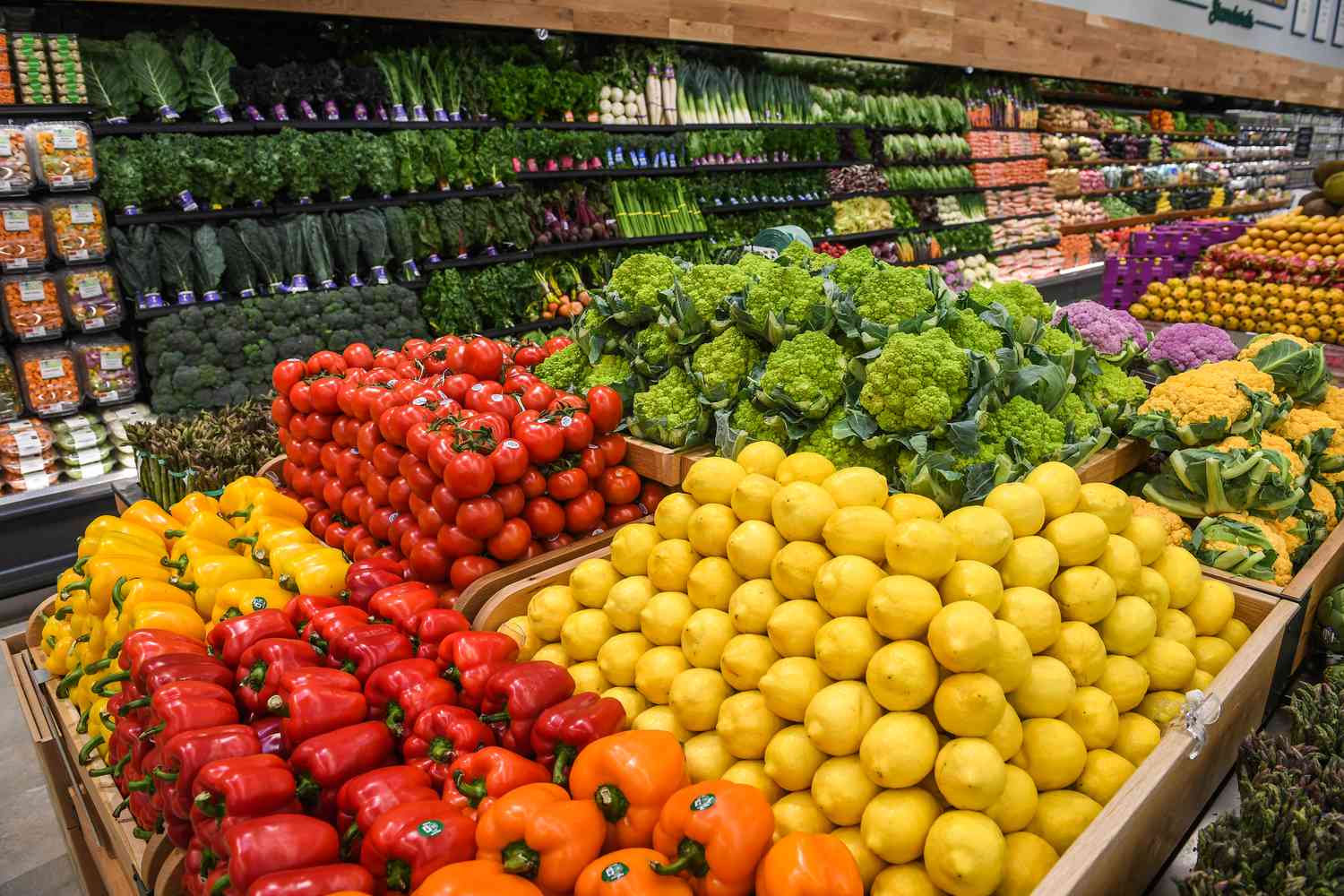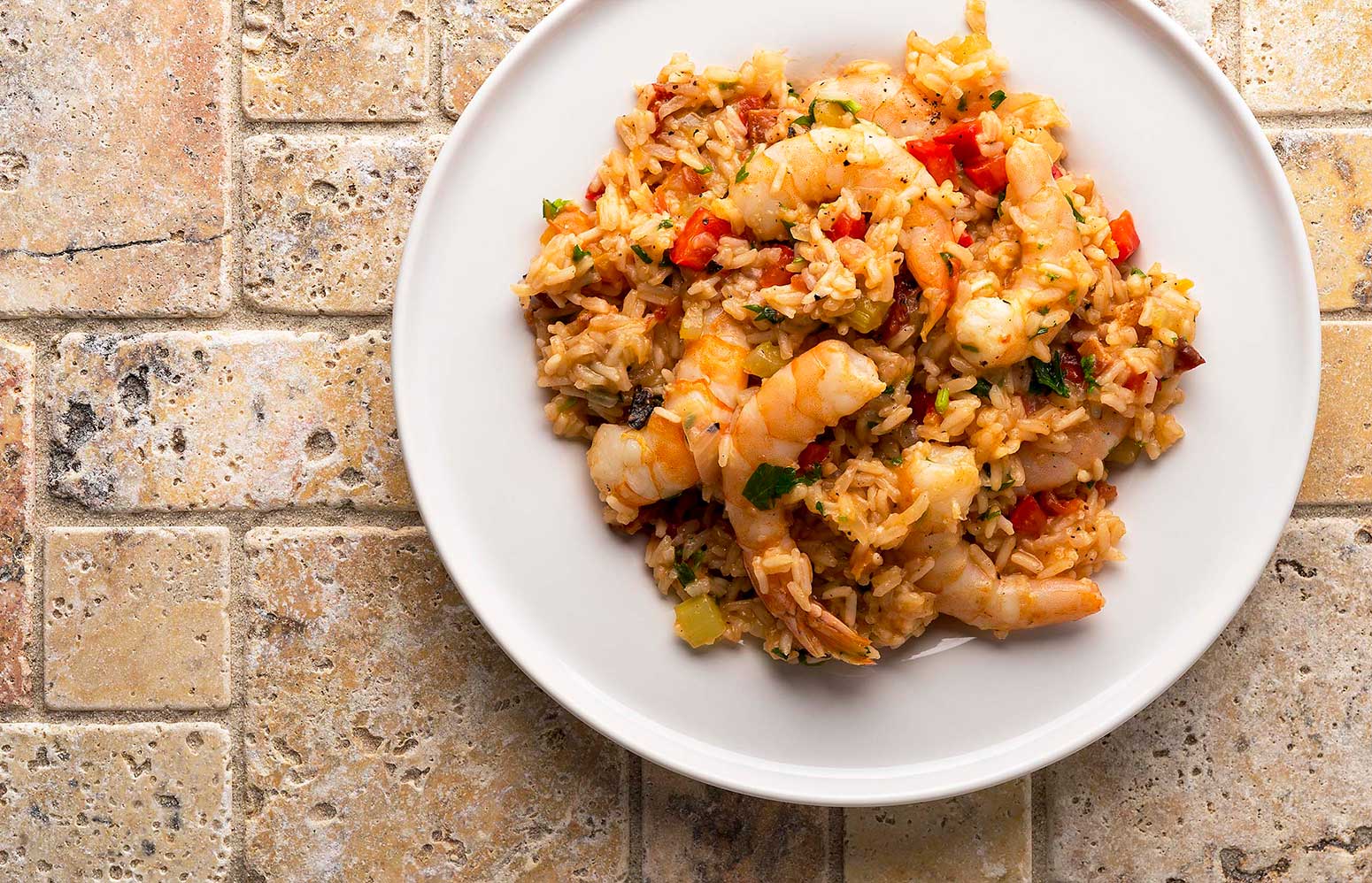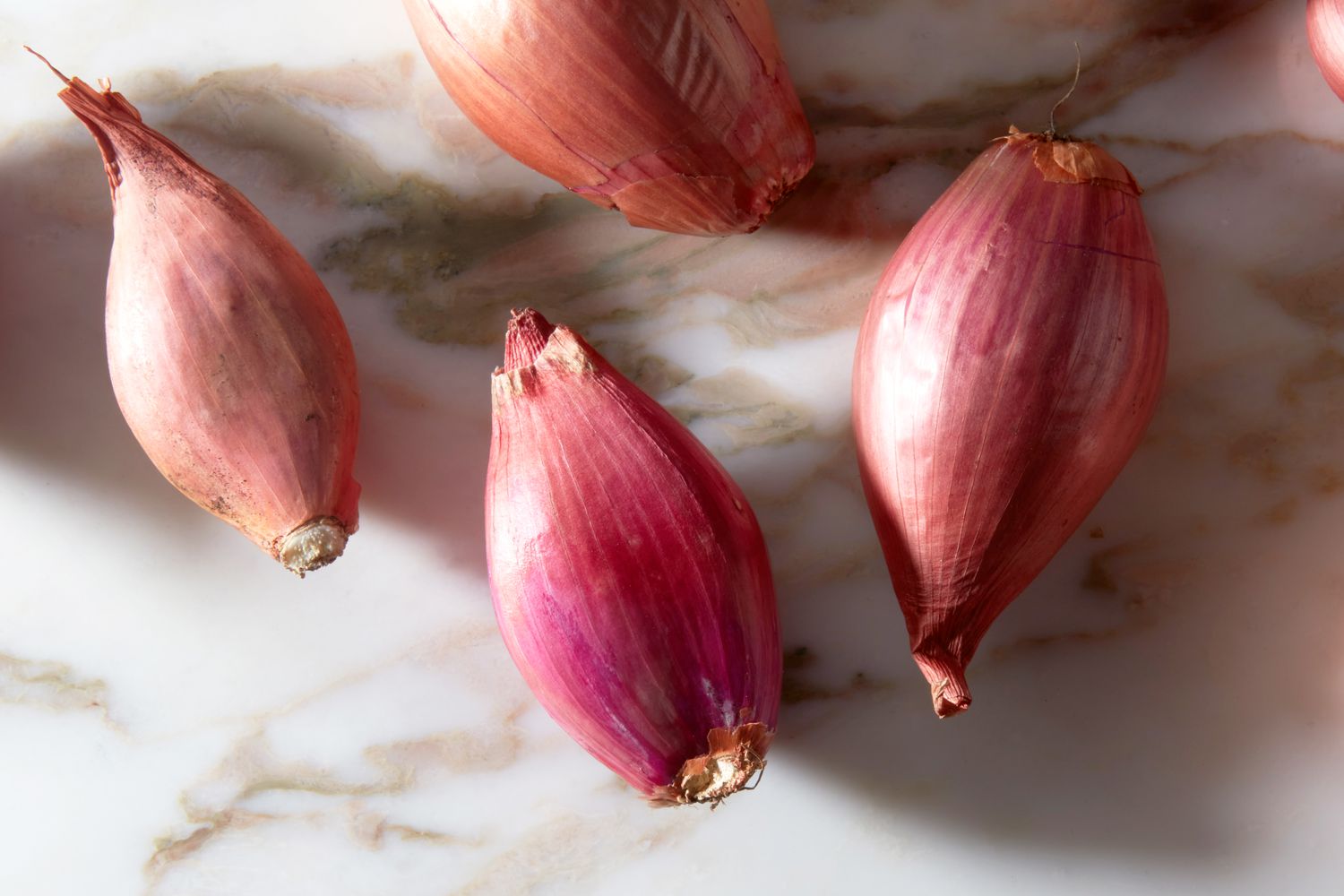When it comes to fall and holiday cooking, yams and sweet potatoes are often used interchangeably in recipes. However, these two root vegetables are actually quite different in terms of taste, texture, and appearance. Let's delve into the nuances of yams and sweet potatoes to understand the distinctions between the two.
Origins and Varieties
Yams and sweet potatoes are both starchy tuberous root vegetables, but they belong to different plant families. Yams are native to Africa and Asia, and they are typically drier and starchier than sweet potatoes. They have rough, dark brown skin and white, purple, or reddish flesh. On the other hand, sweet potatoes are native to the Americas and are moister and sweeter than yams. They have a thin, smooth skin and come in a variety of colors, including orange, yellow, and purple.
Nutritional Differences
While both yams and sweet potatoes are nutritious, they have different nutritional profiles. Sweet potatoes are an excellent source of vitamin A, vitamin C, and fiber. They also contain antioxidants such as beta-carotene. On the other hand, yams are rich in carbohydrates and provide a good source of fiber, potassium, and manganese.
Culinary Uses
In the United States, what is often labeled as "yams" in grocery stores is actually a type of sweet potato. True yams are not as commonly found in American markets. In terms of culinary uses, sweet potatoes are versatile and can be prepared in both sweet and savory dishes. They can be mashed, roasted, or used in pies and casseroles. Yams, with their drier and starchier texture, are often used in African, Caribbean, and Latin American cuisines. They can be boiled, fried, or used in stews and soups.
How to Tell Them Apart
When shopping for yams and sweet potatoes, it's important to know how to distinguish between the two. Here are some tips to help you tell them apart:
-
Appearance: Yams typically have rough, scaly skin and are larger than sweet potatoes. Sweet potatoes have smoother skin and come in a variety of colors, including orange, yellow, and purple.
-
Texture: Yams are drier and starchier, while sweet potatoes are moister and sweeter.
-
Labeling: In the United States, many grocery stores label the orange-fleshed sweet potatoes as "yams," so it's important to pay attention to the actual appearance of the vegetable rather than the label.
Conclusion
In conclusion, while yams and sweet potatoes are often confused with each other, they are distinct in terms of origin, appearance, taste, and culinary uses. Whether you're making a classic sweet potato casserole for Thanksgiving or exploring new recipes with yams in international cuisine, understanding the differences between these two root vegetables can enhance your culinary knowledge and cooking skills. So, next time you're at the grocery store, take a closer look at the produce section and choose the right ingredient for your next delicious dish!
Was this page helpful?
Read Next: What Is The Taco Bell Menu Enchirito?



